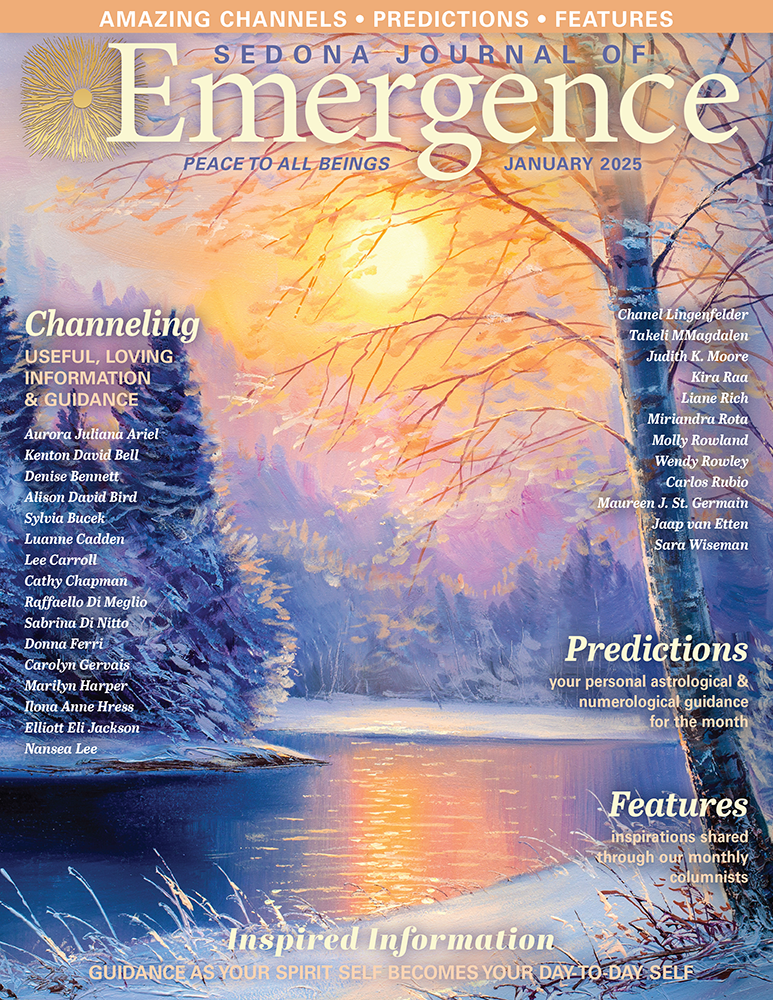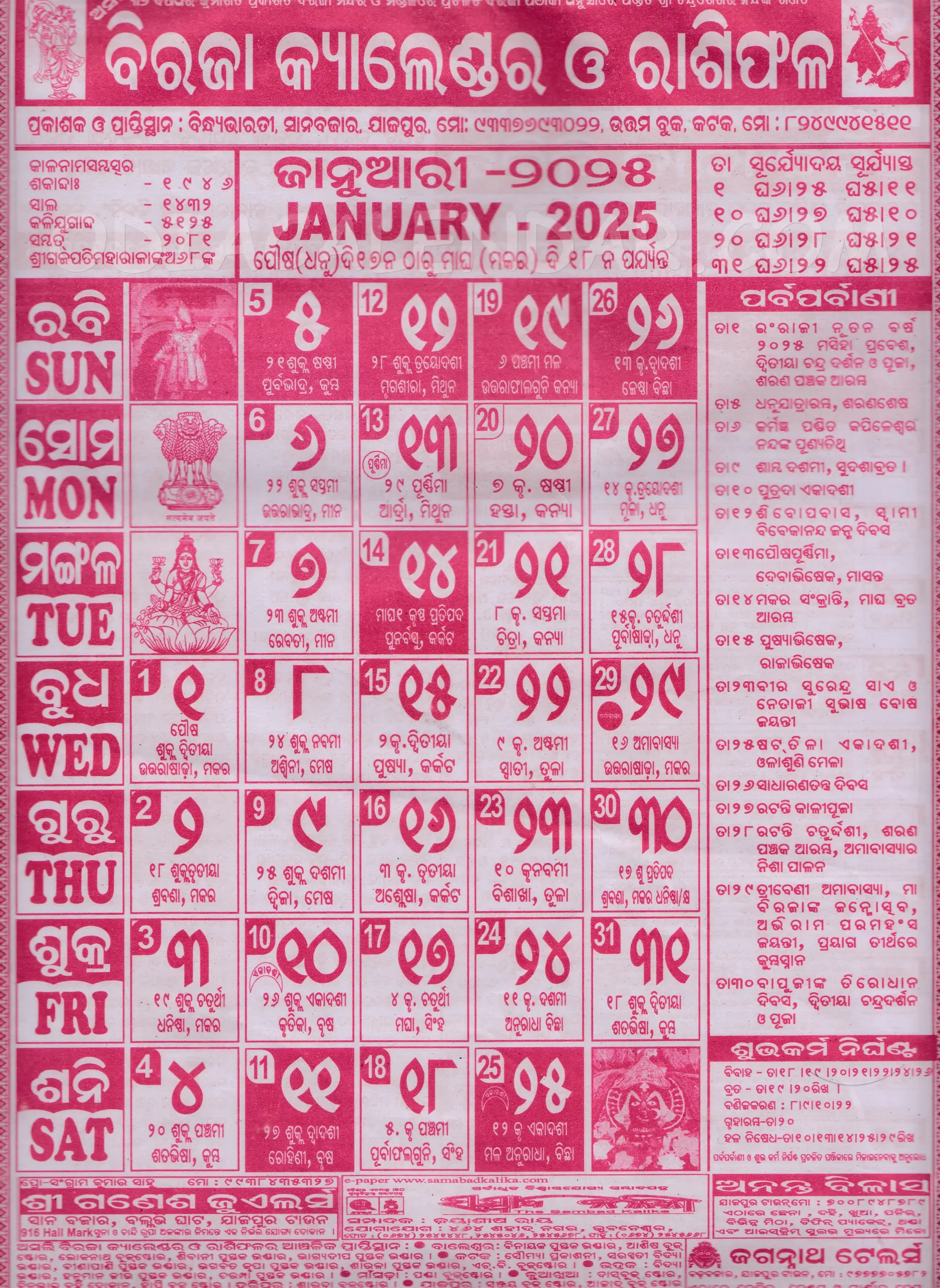How much time has elapsed since the year 2009? This seemingly simple query unravels a complex tapestry of temporal measurement, offering insights into the passage of years, months, and days. The answer to this question not only lies in mathematical calculations but also in understanding cultural, historical, and even personal milestones that have transpired over the years. From federal holidays to individual life events, the span from 2009 to 2025 is filled with significant markers worth exploring.
The transition from 2009 to 2025 represents more than just a numerical progression on the calendar. It encapsulates a period marked by technological advancements, societal shifts, and global changes. For instance, consider Thanksgiving—a widely observed holiday in the U.S., celebrated annually on the fourth Thursday of November. Its date varies each year due to its floating Thursday designation, making it an interesting example of how dates can fluctuate within a fixed framework. In 2025, as per the schedule of U.S. Federal Holidays, Thanksgiving will fall on November 27th. This variation underscores the importance of precise date calculation tools when planning events or tracking time-sensitive occurrences.
| Personal Information | Details |
|---|---|
| Name | John Doe (Hypothetical Individual) |
| Date of Birth | January 1, 2009 |
| Age in 2025 | 16 years |
| Days Old in 2025 | 5,840 days |
| Profession | Student |
| Reference Website | TimeandDate.com |
When we delve deeper into the specifics, the chronological gap between 2009 and 2025 becomes clearer. A person born in 2009 would reach the age of 16 by the year 2025. Over these 16 years, they would experience approximately 5,840 days, assuming no leap year adjustments beyond those already accounted for. Furthermore, the exact duration since January 1, 2009, up until today—let’s say April 3, 2024—amounts to roughly 15 years, 4 months, and 2 days, equating to about 5,602 days.
Understanding such durations requires familiarity with various units of time. While years provide a broad overview, breaking them down into smaller increments like months, weeks, and days reveals finer details. For example, someone curious about their age in terms of days rather than years might find value in knowing that at 16 years old, they’ve lived through nearly 5,840 sunrises and sunsets. Similarly, comprehending how long ago 2009 feels involves recognizing the cumulative effect of every second ticking away since then.
Tools designed to calculate differences between two specific dates play a crucial role here. Websites dedicated to this purpose often include features allowing users to input start and end dates, thereby generating results showing the total number of days, hours, minutes, and seconds separating those points in time. One such resource is TimeandDate.com, which offers comprehensive calculators capable of handling everything from basic day counts to intricate time zone conversions.
In addition to personal applications, these calculators serve practical purposes across industries. Event organizers rely on them to ensure accurate scheduling; historians use them to contextualize timelines; and businesses employ them for project management. Consider the challenge faced by someone trying to determine exactly how many business days exist between December 1st and December 31st of any given year—an endeavor made straightforward thanks to modern digital aids.
Moreover, certain cultures emphasize alternative methods of calculating age. Take Korea, where individuals are considered one year old at birth and gain another year upon each New Year’s Day passing, regardless of their actual birthday. Applying this system to our hypothetical individual born in 2009 means they’d technically turn 17 according to Korean reckoning come January 1, 2025, despite still being 16 under Western standards.
As technology continues advancing, so too does our ability to measure and interpret time accurately. Innovations ranging from smartphone apps to specialized software enable us to track everything from historical epochs to fleeting moments with unprecedented precision. Yet amidst all this progress, some fundamental truths remain unchanged: time marches forward relentlessly, shaping lives along the way.
Returning to our original question, determining how many years have passed since 2009 entails acknowledging both the literal count—16 years—and the myriad experiences encompassed within that timeframe. Whether viewed through the lens of personal growth, cultural observances, or scientific inquiry, the journey from 2009 to 2025 proves richly rewarding for anyone willing to explore it fully.
Ultimately, while numbers offer structure, stories breathe life into those figures. Each passing year carries unique significance depending on perspective, reminding us that though clocks may tick uniformly, human perception of time remains wonderfully diverse.



:max_bytes(150000):strip_icc():focal(539x0:541x2)/madonna-tour-071023-02-14734f0027aa4a67a62a73daf8b25b35.jpg)